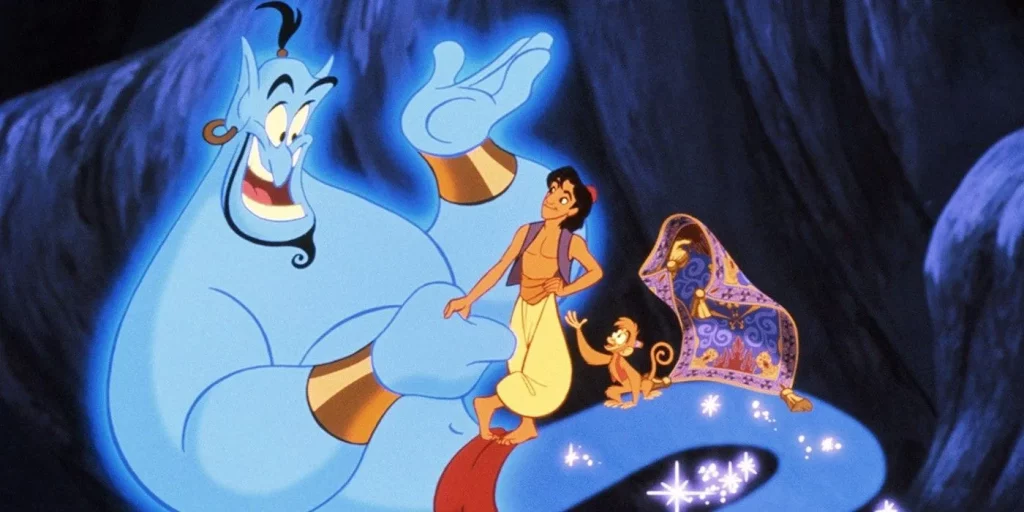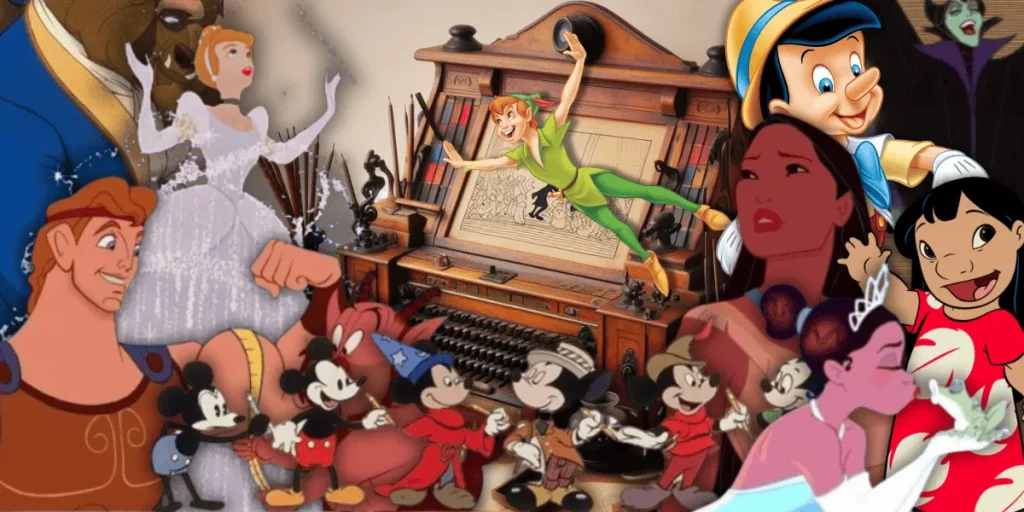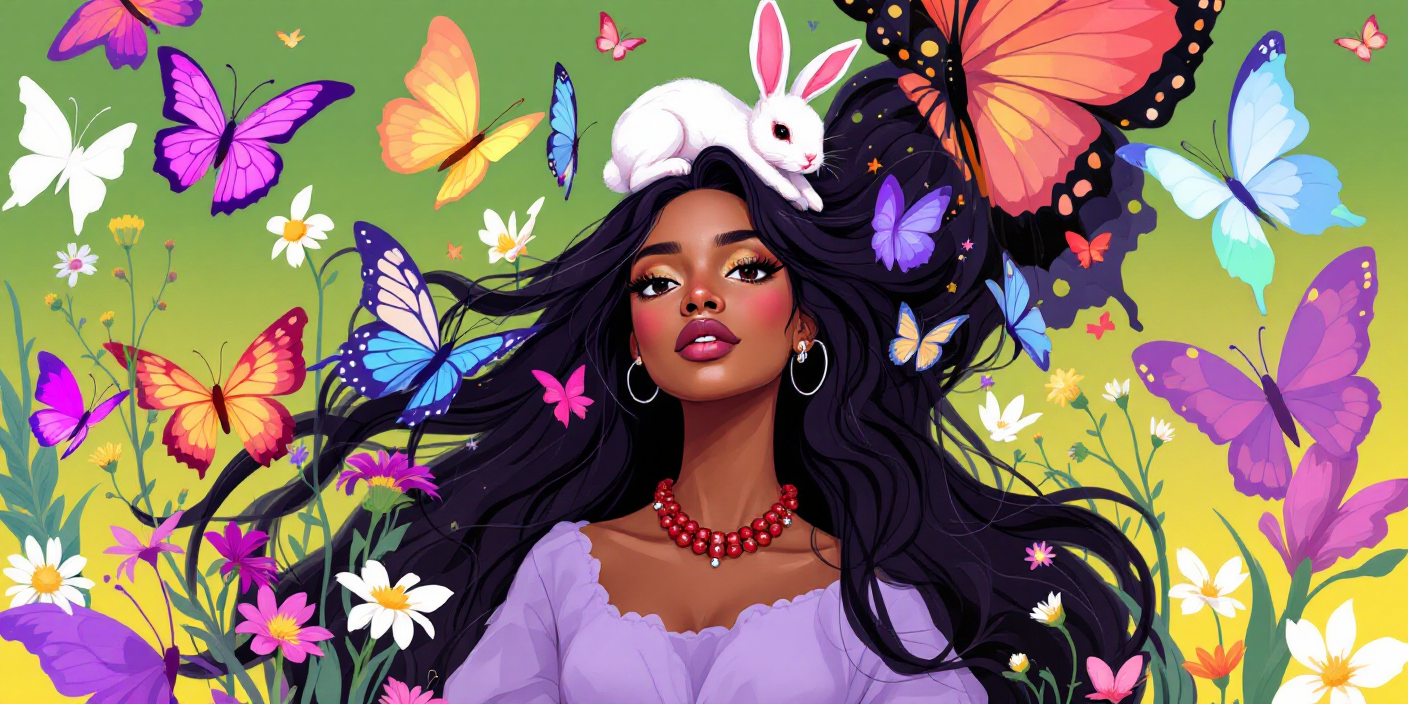Over the past one hundred years, Disney has been the shape in which the world perceives animated narrative. From Snow White and the Seven Dwarfs in 1937 to current masterpieces like Frozen and Moana, every era of Disney animation has influenced popular culture and set new industry standards.
But now, in a world dominated by CGI and hyper-realistic visuals, Disney 2D animation is making a comeback, and it’s making people wonder: why now, and what does this really mean?
This is not all a nostalgic gesture. It is a profound insight into the creativity, identity, and future of narrative at the world’s most recognizable animation studio.
The Mystery Behind Disney’s Return to 2D Animation

By mailing the word that Disney was resurrecting hand-drawn films, the world had taken to it with great excitement–and curiosity. It was like the weary resurgence of a bygone type of magic to those who had been raised on the time-honored magic of The Lion King, Aladdin, and Beauty and the Beast. However, Disney did not simply revisit old methods when making this decision. It is an indicator of a philosophical change, something that brought the company back to its artistic basics but also reinvented its creative path in the digital era.
At its core, Disney 2D animation represents three things: a revival of craft, a reassertion of artistic diversity, and a reminder of the emotional power of hand-drawn storytelling.
1. A Revival of Craft and Emotion
For decades, Disney hand hand-drawn animation was the heart of the company’s magic. All the frames were the stamp of the art of some artist–all the movements, lines, all the shades, caused by the hands and instincts of a man. And this is what made the early Disney classics so immortal: they have flaws, but this is what made them alive.
The transformation into 3D animation in the early 2000s at Disney was a groundbreaking one. Films like Tangled and Frozen presented glamorous images, expanding the studio’s technical boundaries. However, in the process, a certain intangible element emerged, namely the quality of hand-drawn charm and the rough texture of expression that made old-day animation so personal.
Reviving the aspect of hand-drawn storytelling is the means through which Disney regains the emotional bond. At the time of perfection of algorithms and content created by AI, 2D animation brings the element of humanity back to the frame. The lines are not perfect, the motion is natural, and the feeling is physical. Not technique at all, but artistic truth.
2. A Reassertion of Artistic Diversity
The reason most of the biggest studios to date lean towards 3D is that it is more commercially safe. Audiences have come to associate Disney animation style with glossy visuals, realistic physics, and cinematic lighting. However, such supremacy of a single style has brought visual stalemate within the industry.
When Disney decides to go back to 2D, it doesn’t mean abandoning 3D; rather, it means embracing more creative material. Aesthetics is required in various stories. An epic fantasy set in a fantasy/mythical environment might request the transportive aspect of 3D. In contrast, a personal, character-driven film might be brought to life more effectively with the emotional touch of expressive 2D, achieved through the artist’s brush.
Disney opens the door to traditional animation, which offers its storytellers a greater number of options. The fact that 2D is back implies that the studio is once again adopting several artistic languages, each of which has its own rhythm, emotion, and character.
This would be essential to the future of Disney storytelling. Consumers are demanding genuineness and diversity, and a film with a unique visual style can provide it in a way that none of the 3D films may be doing effectively. The Disney 2D animation return could spark a wave of stylistic experimentation, blending tradition with innovation.
3. Rediscovering Storytelling Roots
The first films produced by Disney not only revolutionized the technical aspect of the films, but they were also emotionally revolutionary. Walt Disney realized that animation did not only entail movement, but also telling through expression, gesture, or timing.
Those elements can shine in their most pure form due to the use of 2D animation. It makes it difficult, and the artists have to focus on clarity, acting, and sincerity, rather than the big show. To a great extent, Disney’s return to 2D is a way of finding its way back to telling stories that become personal to it.
Due to the increased sophistication of the audience, they have become nostalgic. They yearn to read the type of story that brought back their childhood memories of how animated movies used to make them feel before they became overly refined. Disney is rediscovering that primordial promise that, fundamentally speaking, art is not about perfection, but rather, about emotion.
4. A Strategic Response to Creative Saturation
Business-wise wise Disney has also taken a step in view of shifting audience sensibility. The 3D space has been congested. Observing the work of Pixar, DreamWorks, Illumination, and other studios reveals a high quality of CGI films that share similar textures and tones.
The only way Disney can differentiate itself is by not relying on technology, but rather on artistry. The Disney animation style that once defined an era is now being reborn to help the studio reclaim its distinct voice in a saturated market.
It is not about regression, but about creating stability between technological advancements and human creativity. Restoring the concepts of 2D, Disney realizes that people enjoy the visual storytelling performed in a way that does not seem like an algorithm.
5. A Signal to the Animation Community
The best part of this decision taken by Disney could be, perhaps, what it implies to animators themselves. There are numerous examples of gifted artists over the years who have been seeking large-scale deployment of their craft through the traditional methods that they had honed in their training degrees. The 3D pipelines have been well-liked in studios, and many hand-drawers have been excluded.
The Disney 2D animation return opens doors for a new generation of artists to explore the timeless principles of line, form, and motion that remain foundational, even in digital art.
It also sends a message to the rest of the animation industry: traditional skills are not outdated. Actually, they are more contemporary than ever. With the creative world struggling to include automation in their work, hand-animation skills will, again, become an asset.
This may encourage schools, studios, and freelancers worldwide to invest in training, classes, and volume production projects specializing in 2D craftsmanship, such as cleanup, in-betweens, and storyboarding. It could even revive demand for professional 2d animation service providers who can support studios in hybrid productions.
6. Technology and Tradition: Opponents, but not Opposites
The most prevalent myth is that 2D translates into low technology. The 2D animation that is used today is anything but dated. The use of digital compositing software (Toon Boom Harmony, TVPaint, and others) and traditional drawing (enhanced by digital efficiency) can be merged by modern tools.
It implies that future Disney hand-rendered works will not be direct imitations of the classics, which is a good thing. It will make them feel classic and modern, with the smooth transition between the nostalgic feel of analog lines with the sophistication of the latest work processes.
In fact, this hybrid approach might become the new Disney animation style, one that respects its heritage while embracing digital evolution. Not so much imitating the past, but rethinking what it might show to the 21st century in the world of hand-drawn.
7. The Sentimental Allure of Drawn-Up Storytelling
It explains why the audiences connect so much with 2D. One can become deeply attached to the very motion of drawing, the movement of lines, and the transfer of feeling into emotion en masse that 3D models cannot always render. When an animator manually frames a drawing, they add squats or microcisions to the rhythm, gesture, and weight. The outcome is alive in a very intimate manner.
Disney also knows that animation is not just about realism, but emotional truth. 2D gives animators the ability to bend physics, enlarge shapes, and stylize motion, conveying a sense of inner emotion. When done with intent, such style is not perceived, and all that now remains is the kernel of the tale.
It is this heart attractiveness that the viewers have been lacking. The return of Disney hand-drawn animation isn’t just a technical change; it’s a reminder that storytelling is an art form, not a production pipeline.
8. The Future of Disney Animation Style
Then what will this new era be like? The future of 2D Disney has been alluded to as possibly a combination of the elements of classic American animation, modern visual art, or even the elements of other sources, world cultures, such as anime or European storybook aesthetics.
We could be shown movies featuring a mix of digital watercolor backgrounds and sketchy lines for character expressions. Or miniature projects that are experimenting with painterly textures and constrained animation. The Disney animation style of the future could be fluid, not a single look, but an evolving visual language rooted in artistic choice.
This flexibility may assist Disney in reaching out to new audiences. In this era, where cultural diversity is the central theme, the company can utilize various animation styles to showcase the richness of the world it depicts to the audience through more powerful visual means.
9. More Than Nostalgia
Other critics have criticized Disney’s reversion to 2D as a form of pure nostalgia, as a marketing strategy in an effort to win back older audiences. That is just a smattering, however. Although the role that nostalgia does not lack, the richer motive is creative.
Just as vinyl records and streaming coexist, or hand lettering and digital fonts, 2D animation satisfies the human desire for authenticity. It serves as a reminder that handmade art is connected uniquely.
Disney is not going back to 2D because it must. It is doing it because the world needs to be reminded of the experience of hand-made storytelling.
And should the studio prosper, there could be a cultural ripple effect, which will lead other studios, independent artists, and fans to appreciate the handmade one more.
The Circle is Complete

Disney does not decide to go back to the past with 2D animation; it is about finding its way again. It is a remark that technology does not make progress. Progress is made by a balance between ancient and modern, exactness and lack of exactness, rapidity and humans, as well as the soul itself.
The Disney 2D animation return represents more than a shift in technique. It is something to be reminded that animation, as inspiration, is the labor of love, drawing upon thousands of them, animated by the heart of imagination.
By the time the first new hand-drawn Disney feature finally makes it to the screens, the audience will not be viewing simply moving pictures. They will be experiencing a full circle in the history of animation, marking a transition from where Disney began to where it is fearlessly moving towards in the future.
Since it will always be the same thing, digital or drawn, as ever the magic of Disney will always be the same, the ability to make us believe in wonder once more.


